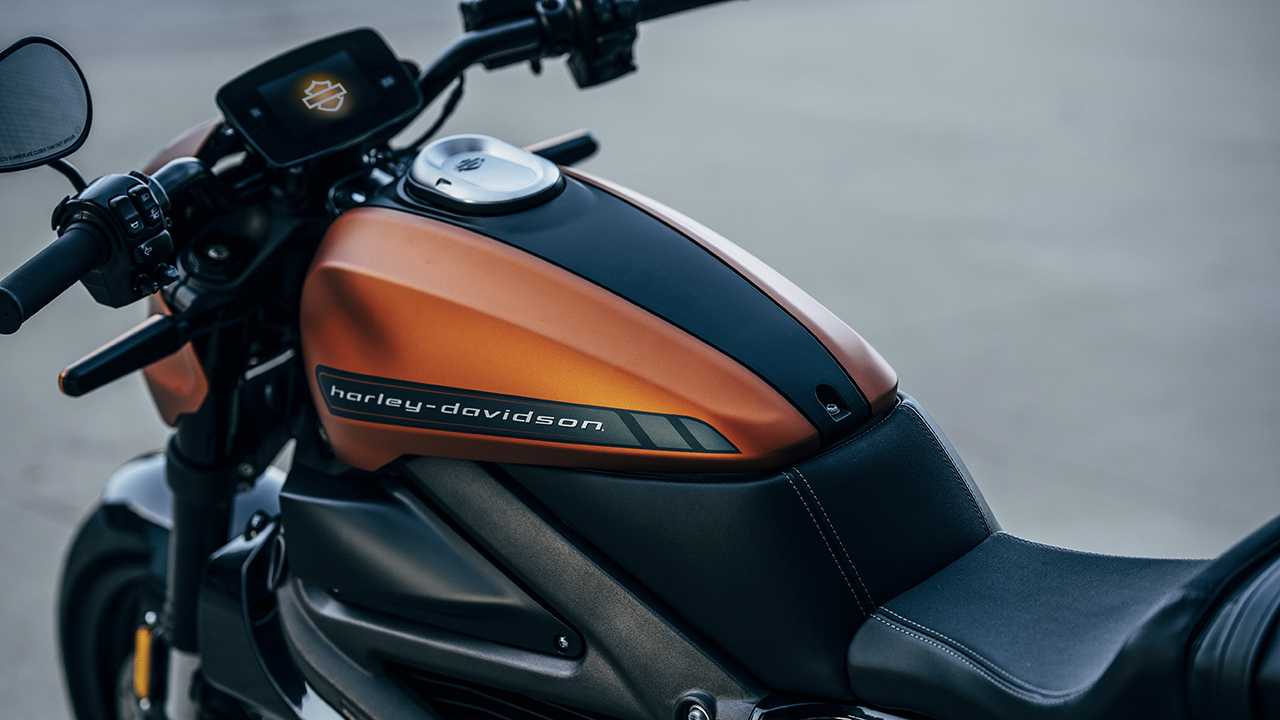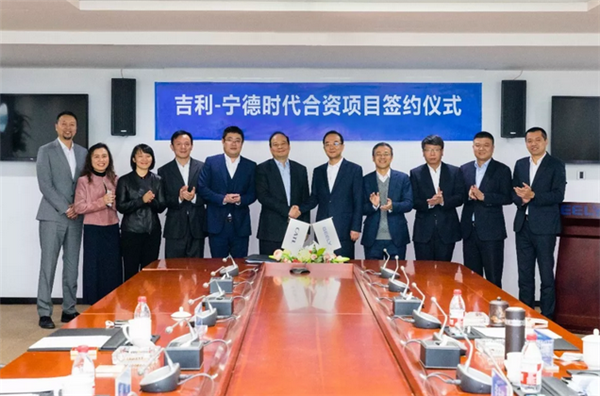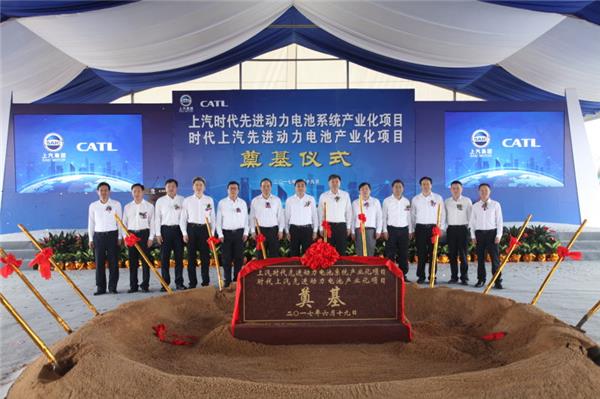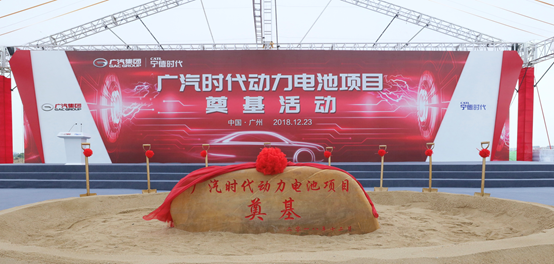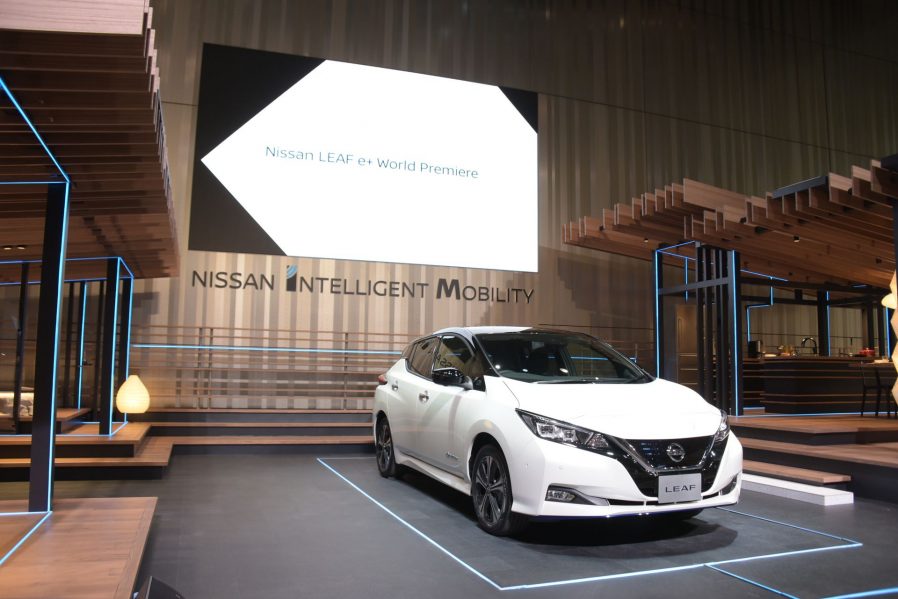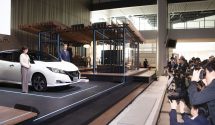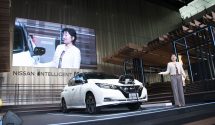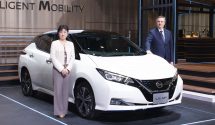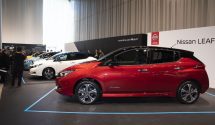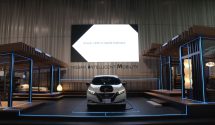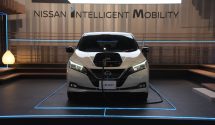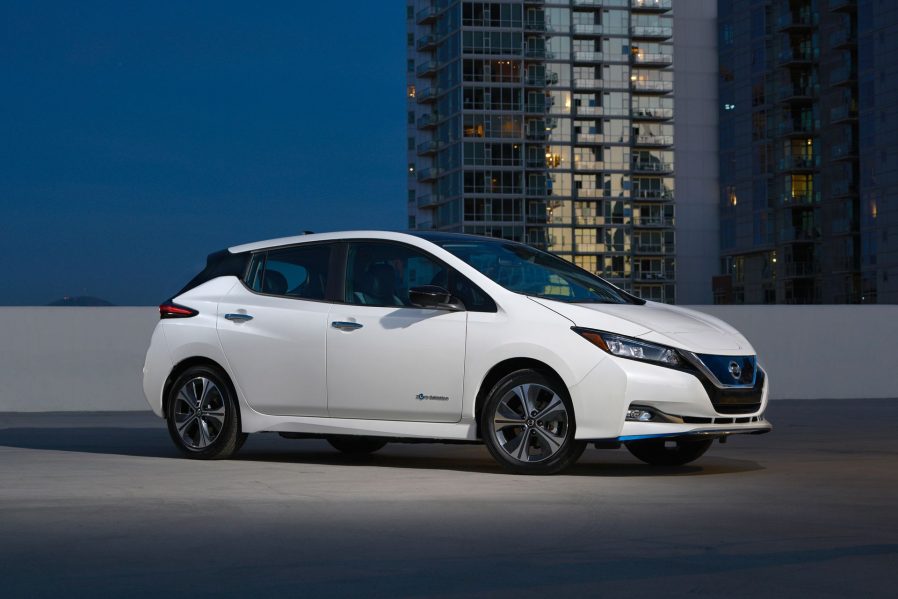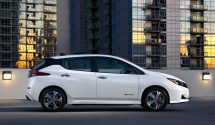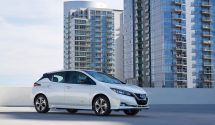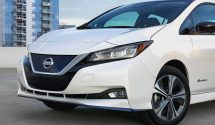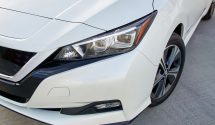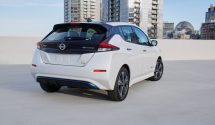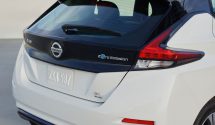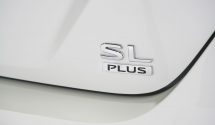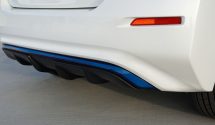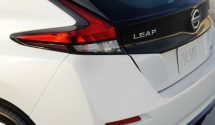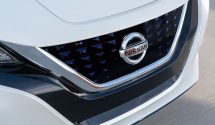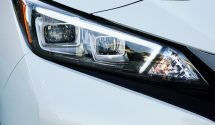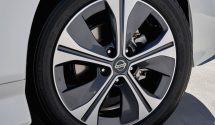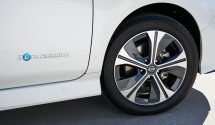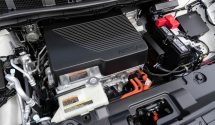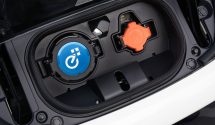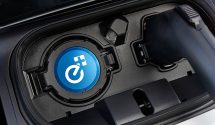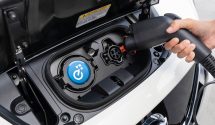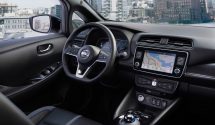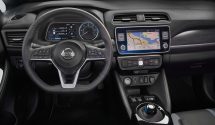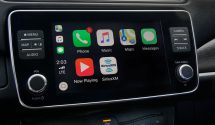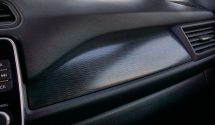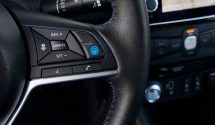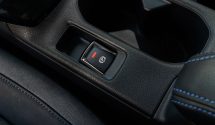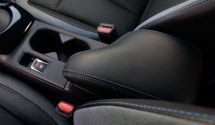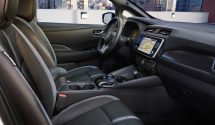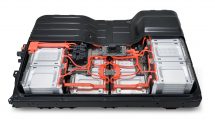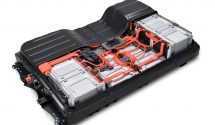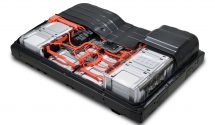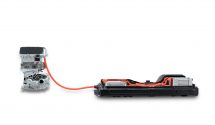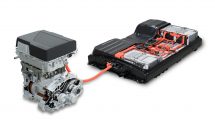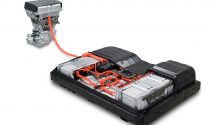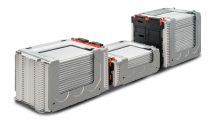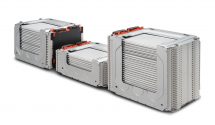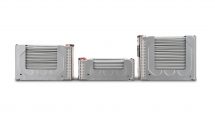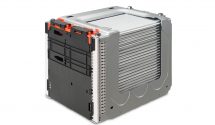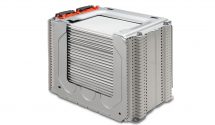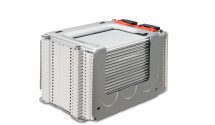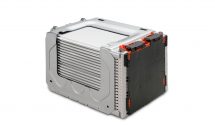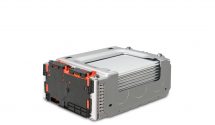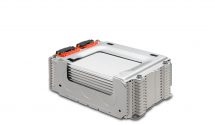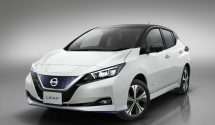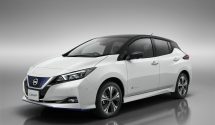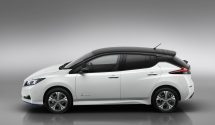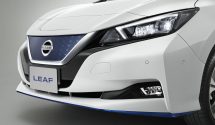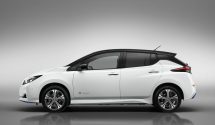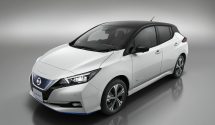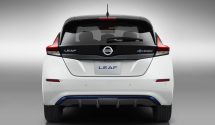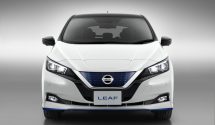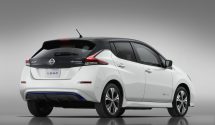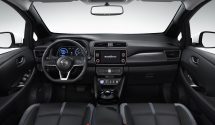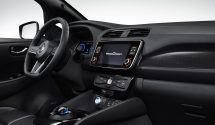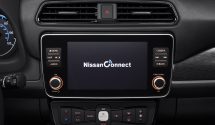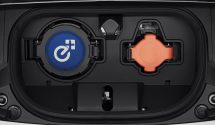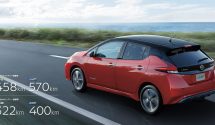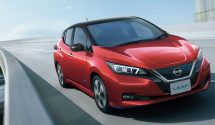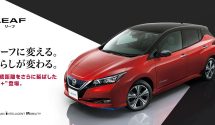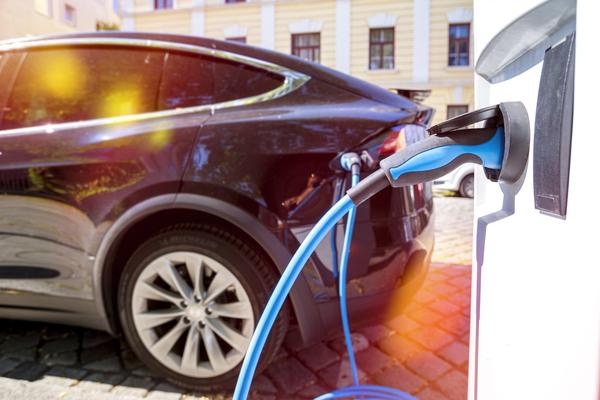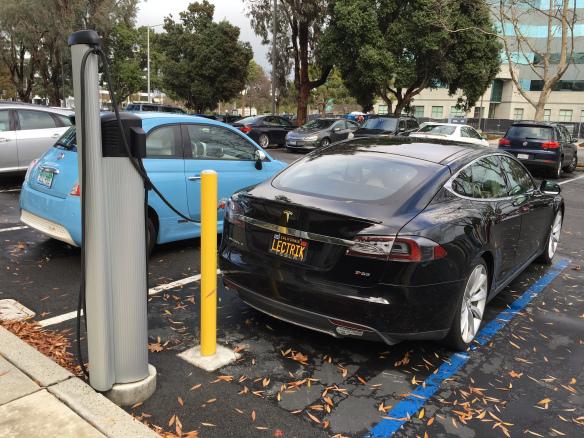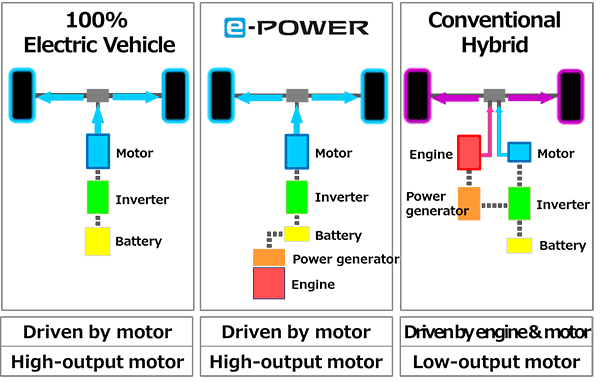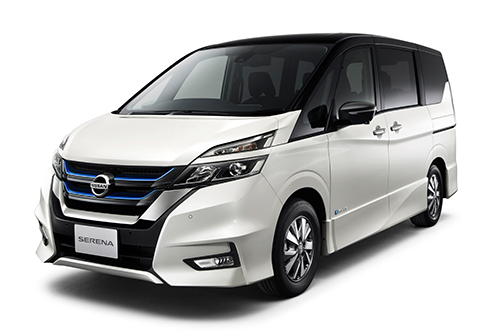As anyone who follows the EV scene has surely noticed, auto dealerships are widely considered to be a major bottleneck on the road to EV adoption.
Sales staff tend to be poorly informed about plug-in vehicles, and many dealerships make little effort to present them to buyers as an option. In the worst cases, salespeople steer prospective EV buyers to gas-powered models, or even advise them not to buy the electric models sold by their companies.
***InsideEVs thanks Charles Morris of ChargedEVs for allowing us to share this post with our readers. Check out ChargedEVs.com here.
PlugStar, a subsidiary of the non-profit organization Plug In America, is dedicated to breaking this bottleneck, providing EV-specific training to dealers and their sales staff, and recommending best practices to dealerships that want to sell more EVs.
The first question you may be asking is: Why is a third-party outfit needed? Isn’t this something that automakers should be doing for themselves? Well, they should, and some are trying, but several studies of the issue have found that their efforts simply aren’t sufficient. This isn’t an unprecedented situation – in times of rapid technological change, interested parties sometimes have to take proactive steps to help a technical transition along, instead of waiting for the market to catch up. And after all, it’s quite common for companies to bring in third-party vendors to provide training or other services that the companies can’t or won’t provide in-house for whatever reason.
If you’re the skeptical sort, your second question might be: What’s the point? Dealers are surely a bunch of old-fashioned gearheads who scoff at EVs and are still hoping they’ll go away, right? Well, while some auto dealers may fit this caricature, there are some 18,000 new car dealerships in the US, so sweeping generalizations about their motivations probably aren’t worth much. After hearing what the principals of PlugStar have to say, we’re convinced that most auto dealers would be happy to embrace the new technology and make some money selling EVs, but they need help acquiring the necessary skills to do so.
Charged spoke with PlugStar Program Director Eric Cahill, and East Coast Trainer and Program Assistant Tom Moloughney (who is also a consultant for the EV industry and a writer who has penned many articles for InsideEVs and other publications).
What’s PlugStar doing?
PlugStar got started in December 2016, and since then it has completed several pilot projects in California and one in the Greater Boston area, covering around 100 dealerships in all. Now the company is proceeding with a project in New Jersey, which will represent a second and more substantial iteration of the program.
“In the first few pilots, we were providing training and some limited assets for dealerships that are selling EVs,” Eric Cahill told Charged. “We were working pretty much with the hand-raisers, the dealers who had expressed a willingness to part with a couple of their salespeople and allow us to spend half a day training them to be EV specialists for the dealership.”
For the first generation of its dealership training program, PlugStar developed a PowerPoint presentation that includes between 100 and 200 slides. “It’s pretty comprehensive, and covers a lot of topics to help the client advisors understand plug-in vehicle customers and cater to their needs,” says Tom Moloughney.
PlugStar designed its program, and continues to refine it, based on extensive conversations with auto dealers. Cahill worked on a couple of studies, including one funded by the California Energy Commission, that involved visiting dealerships to interview salespeople, sales managers, owners and principals “to understand what the pain points were for the dealership.”

“Sales folks are very forthcoming, generally,” Cahill told us. “Once they got to talking, I was able to catalog a lot of low-hanging fruit – easy things that the dealership could be doing to improve their EV sales. It was kind of a cross-section of best practices. I was talking across makes, covering Chevy, Ford, Nissan and even Tesla, and getting an idea of how this stuff works on the ground. That was the basis of the notion that there needed to be a whole fleet of resources available to dealers that they just aren’t getting from the automakers.”
Many of the OEMs do have internal training programs for EV sales, but some are more comprehensive than others. “BMW does a really good job at it,” says Moloughney. “They have a team that travels around the country and has regional training sessions, and each dealer has to have one or two BMW-certified salespeople. I think of all the OEMs, they may have done the best job at investing in training to get their client advisors up to speed. I was part of one of their training programs in the past, which is why Plug In America reached out to me to get involved in PlugStar.”
As more car buyers are becoming aware of EVs, the need for dealers to be knowledgeable about them is growing. “The early adopters came in and knew exactly what they wanted, but as we’re moving towards more of the mainstream [buyers], they need a little bit more handholding,” Moloughney explains. “What the PlugStar program is doing, hopefully, is shortening the sales process. The client advisors will be better informed, and they’ll have literature at their desks that they can quickly scroll through if they don’t know the answer to a question off the top of their head.”

Plug In America also maintains a consumer-facing web site (https://plugstar.zappyride.com) that buyers can use to inform themselves about plug-in vehicles before they go to a dealership. The idea is to shorten the sales cycle, as Moloughney explains. “The customer will come to the web site and look at all the different EVs that are for sale, and then we can recommend local dealers that are PlugStar-certified. The customer can cross-shop different cars, and then they can say, ‘I think I want to look at a Nissan LEAF and a BMW i,’ and then we’ll say, ‘these are the dealers we recommend you go to because they understand electric vehicles.’”
Who’s paying for it?
Plug In America gets funding from a wide variety of sources, including philanthropic organizations, foundations, utilities and automakers. The PlugStar program has been getting funding from different organizations for each of its specific projects. The utility SDG&E funded the Southern California training program, and a DOE grant provided funds for the Boston program.
“Ideally we’d love to see this program adopted nationally or at least at the state level,” says Cahill. “To have it in one region and not another is not ideal, but right now, we’re at the regional level because that’s where utilities are responsive.”
The upcoming New Jersey program will be the first one to get some of its funding from the auto dealers themselves. ChargEVC, an industry consortium supporting electrification, and NJ CAR, the state dealer association, will be funding the program management, including printing and clerical work. However, as Moloughney explains, “the actual cost to do the training is going to be passed on to the dealers, and that’s going to be the first time, because in the pilot programs we offered the training for free. Now that we’ve had some experience and we’ve trained maybe a hundred dealers, we can say, ‘Look, we’ve done a certain amount of training in three different states now and here’s the value that we offer to you.’”
Electric utilities have been a major source of funding, and Cahill expects that to continue. “The utilities have an economic incentive to get behind electric vehicles, especially here in California, because of the various mandates and laws that require them to,” he says. “We’ve had interest from Georgia, Washington, Oregon and Colorado utilities as well.”
“There’s also the utility business case that they’ve got essentially unused electricity at night, and electric cars can actually monetize that energy,” says Cahill. “For the utilities, it’s not just a simple case of selling more electricity – in fact they have electricity that’s being generated and going to waste. You have your baseload power plants – coal, natural gas, nuclear, or whatever – and those are always spinning right through the wee hours of the morning. It’s just not being used. Electric cars essentially put that wasted energy to use and provide an additional revenue stream that wasn’t there before.”
Another attraction for utilities is the potential in the not-too-distant future to use vehicle-to-grid (V2G) technology to help stabilize the grid. “Utilities can use electric cars during the day to help them do peak shaving, to store energy, and to deploy that energy during the peak hours, store energy cheaper, and when renewables are doing the work, and then put that energy to work during peak,” says Cahill. “That means less capital outlays on new plants and equipment.”
Cahill sees a parallel with the rapid spread of air conditioning in the 1950s. “The charter of utilities is to keep their customers happy. They want to make sure that their infrastructure is able to grow with the demand for electric cars, so they don’t have situations where you’re getting brownouts or it’s overloading a transformer and the whole neighborhood goes down.”

Why dealers hatin’ on EVs, anyway?
“Dealers have gotten a lot of negative feedback about selling EVs, and a lot they deserve, but having talked to dozens and dozens, I’ve come to realize they really don’t have anything against EVs, it’s just that they’re there to make money,” said Moloughney. “EVs have posed a problem for them, and we’re hoping to solve the problem.”
Moloughney debunks a couple of common bugaboos. Do dealers discourage EV sales because they’re afraid of losing revenue on service? “No. The sales person doesn’t care about the service. It doesn’t matter to them if the dealership makes a penny on service.” Surely there’s some kind of conspiracy. Are dealerships in bed with the oil companies? “They’re not. These are independent dealerships. They’re not trying to slow down electric car adoption or promote oil. They’re just trying to sell cars and put food on the table.”
A few dealerships are doing quite well selling EVs, and not all are in California. In Charged’s home city of St Petersburg, Florida, Maher Chevrolet is pushing Volts and Bolts – the dealership claims to be the biggest Volt seller in the Southeast. Moloughney doesn’t find this surprising. “The crazy thing is that there’s probably another Chevy dealership within four or five miles of him that doesn’t sell a fifth of the plug-in cars that he does. That proves the point. The cars will sell if the dealership is prepared, is serious and is dedicated to selling them. Every market we go into, we’ll find one or two dealerships that are just killing it. One Chevy dealership I know is moving like 30 Volts a month. There are other dealers a couple miles away that sell one a month. They’re in the same market. They have the same customers. What’s going on?”
What indeed? Unsurprisingly, the main reasons most dealers aren’t selling plug-ins seem to have to do with time and money. “Electric vehicles take longer to sell because the customers have a lot of questions and they’re more apprehensive about it – and in a dealership, time is money,” says Moloughney. “If you’re working on commission, would you rather sell a car that takes you five hours to close the deal, or one that takes an hour and a half?”
Also, in some instances there are lower margins. “Many of the early wave of electric vehicles were compliance cars,” Moloughney explains. “The manufacturers had to sell them, but they were losing money on each one, so they had smaller margins. Now that’s going to change as more and more electric vehicles come to the market.”
In many cases, the client advisors can’t answer basic questions, so the sales process for an EV can be a case of the blind leading the blind. “Many customers’ first question is ‘What do I do if I run out of charge?’ If that client advisor’s never driven an electric car, and really hasn’t done his research, his answer might be, ‘Well, you’re out of luck.’ They know little more than the customers do. So you’ve got somebody coming in asking nonsensical questions, and you’ve got a person there trying to sell a car and make a living. You know how much easier it is to say, ‘Why are you wasting your time with that LEAF? Come over here, I’ve got this Versa, it’s $8,000 less, and you know where to get gas.’”

“Another big problem is turnover in dealerships,” Moloughney continues. “Most dealers have three or four salespeople that have been there for a long time, and 10 people that are transient – they work there for a couple months, and then they move on to something else. So even if they really train the sales people on electric vehicles, in a couple months, they have a whole new wave of people, and they just can’t keep up with it.”
PlugStar’s consumer web site is designed to help answer some of the common questions early in the sales process. “We have a blog that answers basic questions about living with an electric car. What do you do if you run out of charge? How long do the batteries last? If the consumer can get all that information from us before they go to a dealership, we’re stacking the deck in our favor.”
“The dealers are kind of out on a limb having to sell these things,” adds Cahill. “The ZEV mandate requires automakers to sell them, but essentially, it’s the dealers who are selling them. Many of them get these EVs, at least some of them feel that they’re kind of dumped on them, and they’re not given the necessary tools to sell them.”
As Elon Musk perceived long ago, traditional auto dealerships are unsuited to selling EVs for several reasons. “When you try to introduce a disruptive product into a mature industry, you’ve got to do some things differently in order to get customers comfortable with the idea of switching from one platform and its ecosystem over to your platform,” says Cahill.
Cahill sees parallels with the history of the consumer electronics industry. “Back in the 80s and 90s, Microsoft and IBM essentially owned over 90% of the market. Apple struggled mightily trying to compete with Windows machines, because they were half the price, and they were being sold through consumer electronics stores and other retail outlets. I think this is what motivated Jobs to do the factory store concept, where they have a lot more control over the experience. It was about branding, about establishing the association between the Apple brand and that kind of clean, user-intuitive aesthetic.
“Tesla kind of took a page right out of that playbook. Electric cars are a disruptive product. You’re asking the customer to make some substantial changes in how they interact with the product, like charging a car as opposed to going to a gas pump, relying on charging infrastructure that is still very immature.
“That’s why automakers and their dealer networks struggle, because these are organizations that aren’t used to introducing a disruptive product. The last time they introduced a disruptive product was almost a century ago.
“You can certainly appreciate some of the benefits of the franchise model, but that model is optimized to deliver products that people are largely familiar with. When you’re introducing an electric car, you’re talking about fundamentally different technology. On the sales channel side, it’s hard to switch from a model where you’re selling based on volume to a model where your primary goal is just to get customers comfortable with something new.
“The franchise sales channel was designed for a mature market. We have demand and it’s all about just moving metal. Electric cars are the antithesis of that. It’s more about exposing customers to the technology, and less about moving volume. That’s one of the big gap areas for your typical dealership.”
Be all that as it may, the legacy automakers are stuck with their legacy dealerships. The OEMs don’t have the option of trying some other sales channel. They have to sell a 21st-century product using a 20th-century sales channel, and PlugStar’s mission is to help bridge that gap.
How much influence do the OEMs have?
Observing the OEMs’ on-again, off-again efforts to push their EVs, one gets the impression that there are pro-EV and anti-EV factions in the executive suites, and that these can shift over time with internal politics. Moloughney, who has done consulting work for several major OEMs, is convinced that this is true. “There are people that really believe that [electrification] is the future, and they press the company to accelerate their plans, and there are other people that say, ‘Well, we’re not really quite sure…let’s hedge our bets.’ I think you’re going to find that in every company.”
Big Auto knows the transition to EVs is coming, but the companies aren’t exactly looking forward to it. Over the past few months, executives at several major automakers have conceded that they expect electrification to be a money-losing proposition for their brands. Global automakers are in the bizarre position of slowly but steadily improving their EV offerings, while working behind the scenes to water down or eliminate the government regulations that are forcing them to produce EVs in the first place. That being the case, breaking the dealership bottleneck is not likely to be a priority for automakers, although that could change once battery costs come down and consumer demand picks up. But is this a problem they could solve, even if they wanted to, or is it beyond their control?
“There’s not a lot they can do,” says Moloughney. “They can’t punish the dealers as much as they can offer carrots.” One dealer that sells a tremendous number of Chevy Bolts told Moloughney, “I want trucks and SUVs, and Chevy wants us to sell these Bolts, so the more Bolts I sell, the more trucks they give me. It’s directly tied to my inventory. If I keep hitting my numbers and selling the plug-in cars that they want me to sell, they give me the SUVs and trucks that I want.” He said, “We’re very aggressive. We try to train the dealers, but now we see that you’re going to help us, so we’re going to send four or five of our sales people to your training. I want to sell more Volts because our allotment is tied to how many electric cars we sell.”
“We’ve had representatives from most of the larger OEMs at our training sessions already,” says Moloughney. “We’ve invited them, and they’ve come, to their credit, and many of them have given us some pointers. We’ll host a dealer training session, and we give them an intake survey and an exit survey. We ask for comments: What did you like? What would you like to read more about?
“We’ve been honing this program now for 18 months, and the OEMs have given us feedback, for example: ‘You’re spending too much time on batteries,’ or: ‘You need to spend more time on incentives, because I think our dealers are having problems explaining the federal tax credit and local incentives.’
“So we’ve used tons of data and feedback we’ve got from the OEMs, as well as the client advisors, and have gradually refined this program to the point where we are now. They’re actually very welcoming. We’re doing some of their job for them, and not charging them anything for it. So they’ve been quite helpful, and happy that we’re out there doing this.”
What are best practices for selling EVs?
After two years of listening to OEMs, dealers, buyers and other interested parties, PlugStar has developed a list of best practices, which forms the core of its training materials. So what should dealers who want to sell EVs be doing?
The main thing is to make the dealership environment welcoming for EV buyers. “We recommend having charging on-site, and having electric vehicles in their dealership loaner program,” says Moloughney. “We recommend that they have a prominent place on their showroom floor reserved for an electric car, and have the car plugged into a charging station, so when people walk by, it gets their attention. ‘Oh, this car has a plug in it!’ That opens up a conversation. Maybe they’re not coming in for an electric car now, but they start thinking about it.
“We also recommend that they have at least two sales people trained as EV specialists. We’d like the whole dealership to be trained, but that might not be possible. So we recommend that they always have at least two people on hand who can answer anyone’s questions about electric vehicles. The worst thing you can do is say, ‘We don’t have that answer. We’ll call you tomorrow.’ If you don’t have someone on hand who can answer that question about batteries, about charging stations, about the difference between a Tesla plug and a LEAF plug, you’re going to lose the sale.”

“The minimum requirement for our program is to designate at least two people from your staff, preferably one per shift, who are going to be your EV specialists – your geniuses, your gurus, whatever you want to call them,” says Cahill. “These are folks who have the right talking points for common questions they will get from customers interested in electric cars. Always make sure you’ve got somebody there, so you’re not saying, ‘Well, that guy’s gone today,’ or ‘He’s out to lunch.’”
Moloughney explains that PlugStar tailors its program to each specific state and region. “We thoroughly explain every electric vehicle incentive that the state offers. Also, part of the program talks about the economic value of driving electric – we dive into the actual electricity costs in each area, and we provide that to the client advisors so they can do quick calculations when a customer comes in. They can say, ‘Oh, you live in Brookline? Well in Brookline, your electricity cost is $0.15 a kilowatt-hour.’ So they can quickly do back-of-the-napkin math, and inform the customer how much it’ll cost to drive that car 10,000 miles a year.
“That’s a powerful tool that the client advisors didn’t have up to now. If a customer asked the sales person, ‘How much will this cost me to charge?’ they would get a blank stare back. But our PlugStar-certified client advisors can give them an answer in a minute. ‘You live in this area? This is what your utility charge is.’
“That’s a lot of work on our side, because we have to contact all the utilities. Some states have 10 different utilities. We have to find out what they’re charging, and if they have time-of-use plans.”
One of the customer “pain points,” as Cahill puts it, is trust, which sales people can earn by displaying knowledge about the product. “As you know, customers, especially early adopters, are predisposed to distrust car dealers. If sales people know nothing about EVs, that destroys trust. Assigning a couple of folks to be the specialists help to build that trust.”
One pain point for dealers is that early-adopter customers often coming in knowing more than they do. “They’ve done their homework, so it’s a stark contrast. [Sales people] feel kind of incompetent, which undermines their confidence, and the two go hand in hand – competence and confidence. And the sales person really needs to feel confident. They’ve got to have the knowledge to feel competent about it, and the problem with electric cars in dealerships is they might only start out by selling two or three a month. That’s just not enough to reinforce the knowledge and the expertise in the EV ecosystem.”
Product knowledge is critically important, but it’s not the whole story. Cahill sees training as one leg of the proverbial three-legged stool – a successful program needs all three legs, and the first one is a commitment from the dealership. “You’ve got to set some minimum standards, and ask dealers to step out and make a commitment to meet these additional standards.”
“The other key leg of the stool is you have to give them the training, the tools, and the support that they need to do the job,” Cahill continues. “These are volume-based businesses, so one of the key things that your tools can do is allow them to keep turning metal. It’s all about the sales cycle, so the more our program can shorten their sales cycle, the more welcoming they’re going to be.
“And, of course, we have to give them these assets across a number of different media. You need to have print materials, online materials, smartphone-friendly tools or apps – a mix of all the stuff. Training manuals that they can take back and use as reference. Crib sheets – a quick one-pager that they can use to quickly reference something. Those are the kind of assets that we provide.
“The third leg of the stool is the rewards piece. You need to give them money, you need to give them sales leads, and you need to give them recognition – a pat on the back to show them that you appreciate the fact that they’re stepping out and taking risk.
“We’ve built a lead generation platform that is dedicated to electric cars. It’s been built from the ground up to cater to the new considerations that electric car shoppers face. Many of the third-party car shopping sites, where people go to start their shopping journey, are pretty clunky with regard to electric cars. EVs are kind of bolted on as a vehicle category in the same way that SUVs and trucks are kind of bolted on.
“The site has to be able to cater to these kinds of early adopter considerations, and mainstream buyer considerations as well, since what you’re ultimately trying to do is get them over that chasm between the early adopter and the early majority.”
And of course, everyone – especially car dealers – likes a little extra money. One criticism of the existing system of tax credits and rebates is that it doesn’t give the dealers any incentives. The state of Connecticut recently tested a program called CHEAPR, which offered a cash rebate “on the hood” instead of a tax break, and earmarked a portion of the rebate for the salesperson. “I think the idea of cash on the hood is a good one,” says Cahill, “because ultimately what you’re trying to do is lubricate a deal. If you want an electric car to be sold, put some money into the deal. Maybe some or all of it ends up in the dealer’s pocket, maybe some of it ends up in the consumer’s pocket, but the bottom line is the deal gets done. An electric car gets sold and everybody’s happy.”
This article appeared in Charged Issue 40 – November/December 2018
Source: ChargedEVs
Source: Electric Vehicle News

